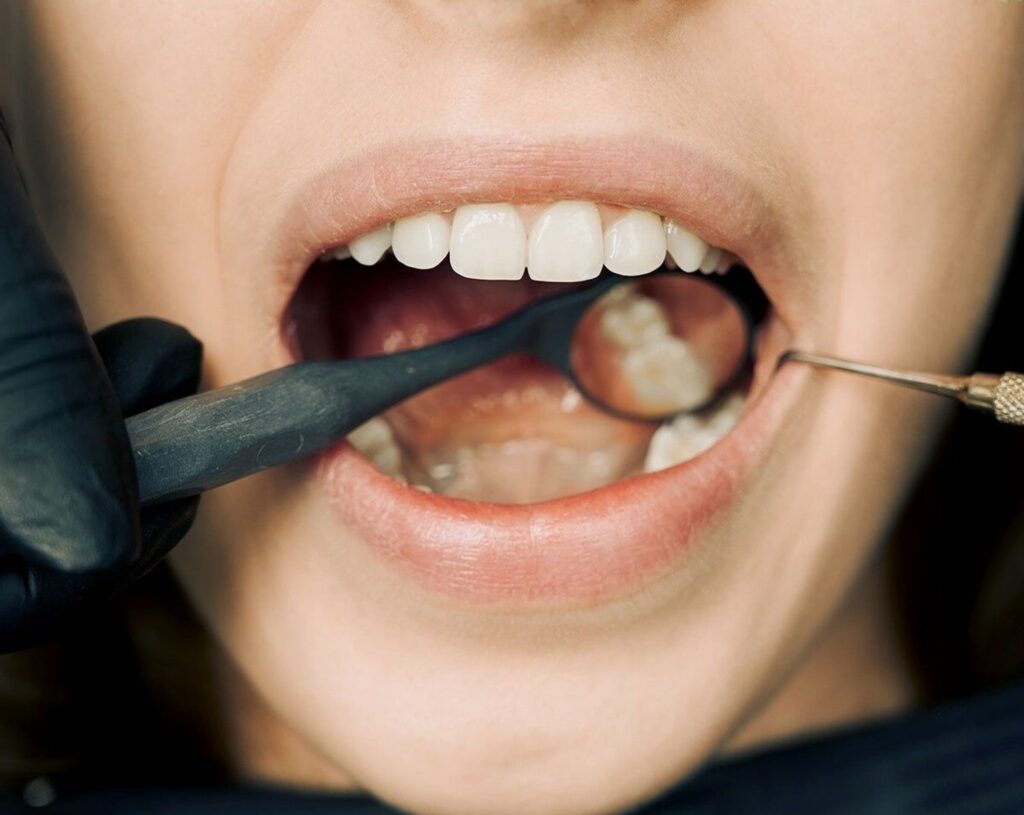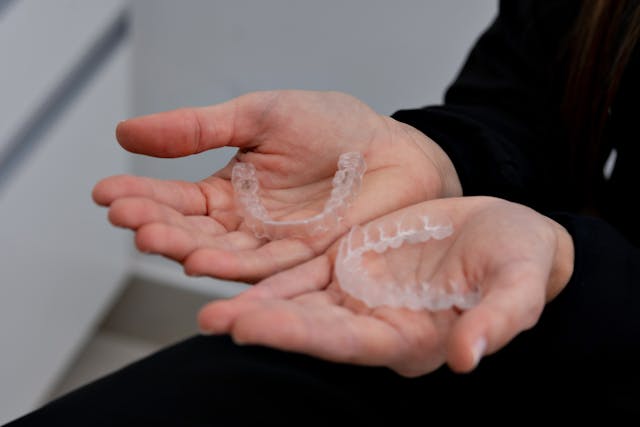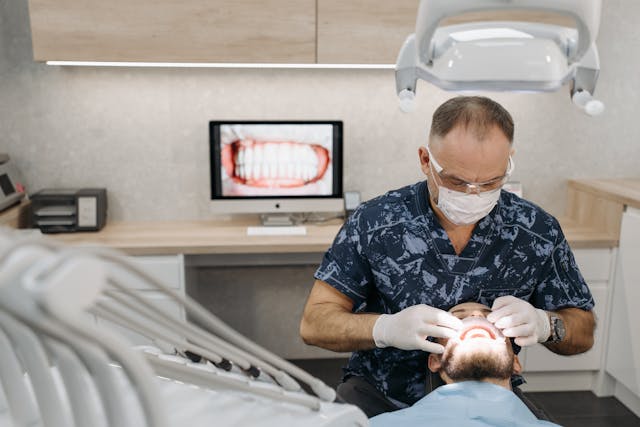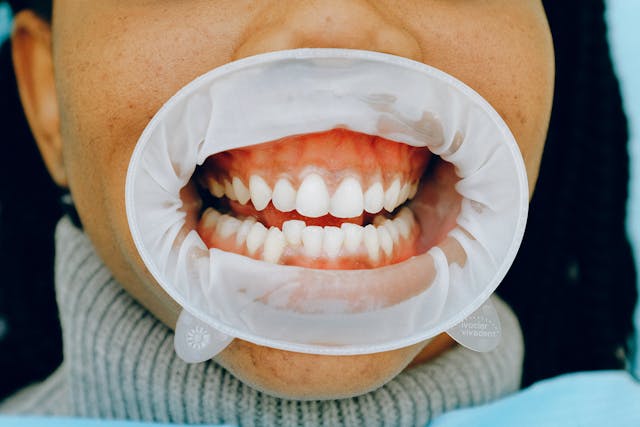At Diamond Dental Care, we can examine you in our cosmetic dentistry office and discuss what you don’t like about your smile. If you have gaps between your teeth or they are crooked, stained, or misshapen, we can fix them in our dental office. There are several ways we can address most aesthetic issues, so we will conduct an examination, take x-rays, discuss the timeframe we are working with, and then present you and your parents with a variety of options to choose from.
Since some have set time constraints, it is best to schedule your appointment with our office as soon as possible. You can do so by calling (909) 860-7579. You can also follow us on Facebook or provide your valuable feedback at Yelp. Thanks.
I. Introduction
A. Definition of Fillings
Dental fillings are restorative materials used to repair teeth damaged by cavities or decay. These fillings help restore the tooth’s structure and function.
B. Importance of Fillings
Proper dental care, including timely fillings, is crucial to maintaining oral health. Ignoring cavities can lead to more severe issues, such as infections and tooth loss.
II. Common Types of Fillings
A. Amalgam Fillings
1. Composition
Amalgam fillings consist of a mixture of metals, including mercury, silver, tin, and copper.
2. Pros
- Durability
- Cost-effectiveness
- Suitable for large cavities
3. Cons
- Aesthetic concerns
- Potential for allergic reactions
- Requires more tooth removal
B. Composite Fillings
1. Composition
Composite fillings are made of a mixture of plastic and fine glass particles.
2. Pros
- Aesthetically pleasing
- Bonds directly to the tooth
- Versatile in use
3. Cons
- Not as durable as amalgam
- More expensive
- May require longer application time
C. Ceramic Fillings
1. Composition
Ceramic fillings are made from porcelain or glass materials.
2. Pros
- Aesthetic appeal
- Resistant to staining
- Biocompatible
3. Cons
- Fragile and prone to chipping
- Higher cost
- May require multiple visits

III. Choosing the Right Type of Filling
A. Factors to Consider
1. Location of the Cavity
The location of the cavity influences the choice of filling material.
2. Aesthetic Concerns
Consideration for the appearance of the filling is essential, especially for visible teeth.
3. Allergies
Patients with metal allergies may opt for non-metallic fillings.
B. Consultation with Dentist
1. Importance
Seeking professional advice ensures the selection of the most suitable filling.
2. Questions to Ask
- Which filling material is recommended?
- What is the expected lifespan of the filling?
IV. Procedure for Dental Fillings
A. Preparing the Tooth
The dentist removes the decayed portion of the tooth, creating space for the filling.
B. Filling Placement
The chosen filling material is applied and shaped to restore the tooth’s natural form.
C. Aftercare Instructions
Proper aftercare, including oral hygiene practices, is crucial for the longevity of the filling.
V. Pros and Cons of Fillings
A. Advantages
- Restores tooth function
- Prevents further decay
- Enhances oral health
B. Disadvantages
- Potential for sensitivity
- May need replacement over time
- Some materials may cause allergic reactions
VI. When Fillings Are Recommended
A. Cavity Treatment
Fillings are commonly used to treat cavities and prevent further tooth decay.
B. Tooth Restoration
In cases of minor tooth damage, fillings are an effective restoration solution.
VII. Alternatives to Dental Fillings
A. Dental Crowns
For more extensive tooth damage, dental crowns may be recommended.
B. Inlays and Onlays
These are indirect fillings that offer a middle ground between fillings and crowns.
VIII. Maintaining Dental Fillings
A. Oral Hygiene Practices
Regular brushing, flossing, and dental check-ups are essential for maintaining fillings.
B. Regular Dental Check-ups
Routine visits to the dentist ensure early detection of potential issues with fillings.
IX. Myths about Dental Fillings
A. All Fillings are the Same
Different fillings have distinct properties, and the choice depends on various factors.
B. Dental Fillings Last Forever
Fillings may need replacement over time, and regular check-ups help monitor their condition.
X. The Future of Dental Fillings
A. Emerging Technologies
Ongoing research explores innovative technologies for more advanced and durable fillings.
B. Ongoing Research
Scientists continue to investigate new materials and techniques for improved dental fillings.
XI. Real-Life Experiences
A. Patient Stories
Real-life accounts showcase the positive impact of timely dental fillings on individuals.
B. Success Stories
Successful cases highlight the effectiveness of different filling materials in restoring oral health.
XII. Conclusion
A. Recap of Dental Fillings
Understanding the types and materials of dental fillings is essential for informed oral care decisions.
B. Importance of Dental Care
Proactive dental care, including regular check-ups, is crucial for maintaining overall oral health.
XIII. FAQs
A. How long do dental fillings last?
Dental fillings’ lifespan varies but may last for several years with proper care.
B. Can I eat normally after getting a filling?
Yes, you can resume normal eating habits after the numbness wears off post-filling.
C. Do dental fillings hurt?
The filling procedure is generally painless, and any discomfort is minimal.
D. Are there any side effects of dental fillings?
Minor sensitivity may occur, but severe side effects are rare.
E. Can I get my filling replaced?
Yes, dental fillings may need replacement over time, and our dentist will advise accordingly. You can call on 9098607579 the Diamond Dental Care Clinic, Diamond Bar, Fullerton for complete dental examination.



